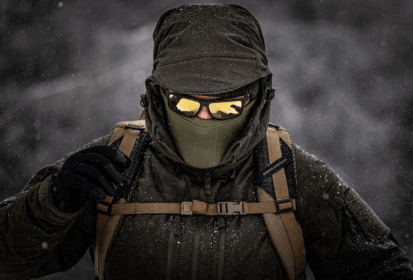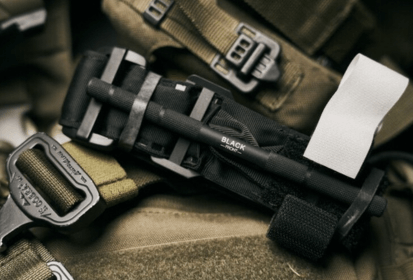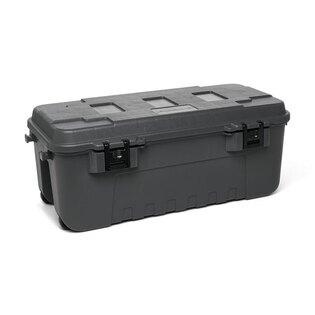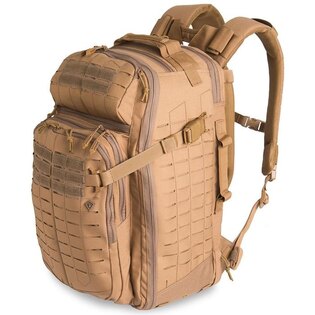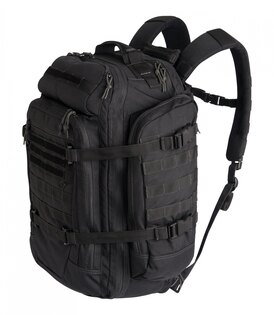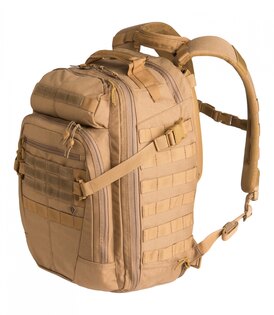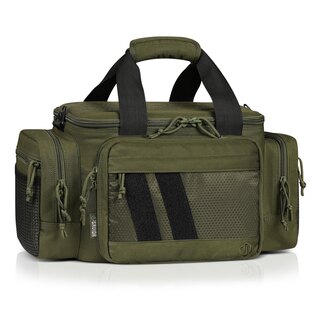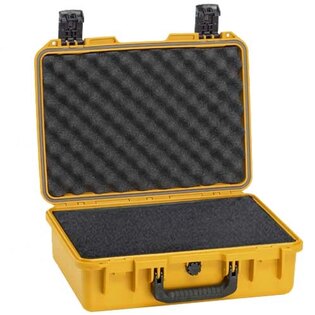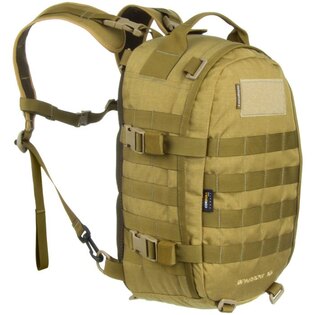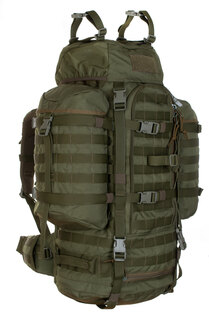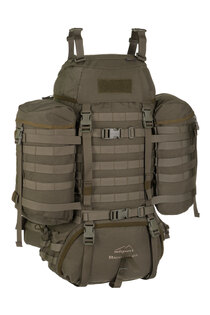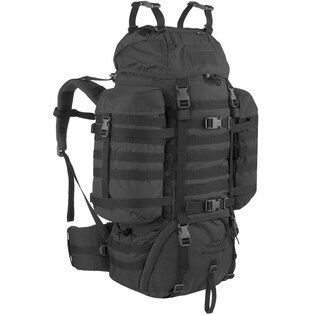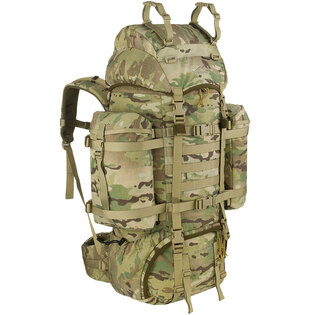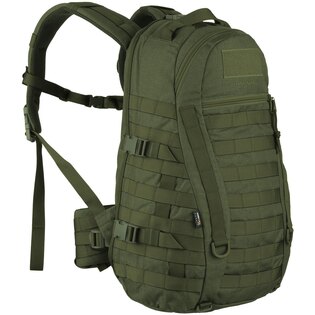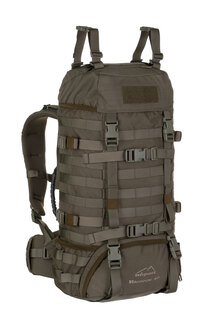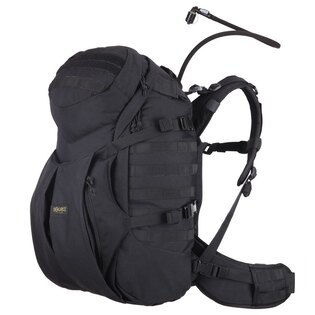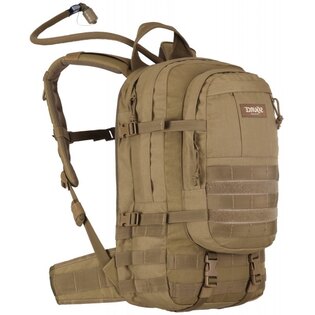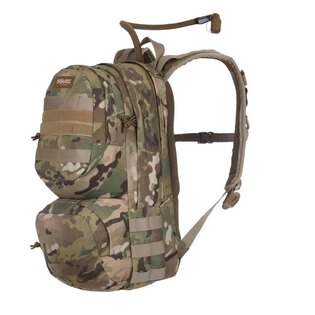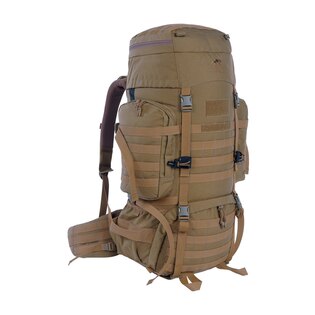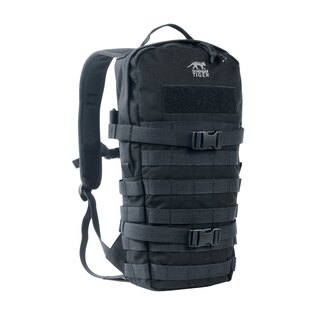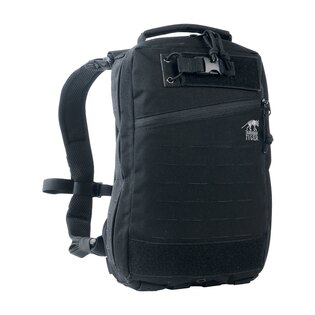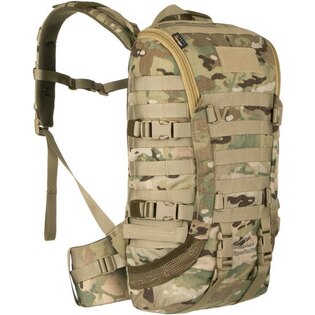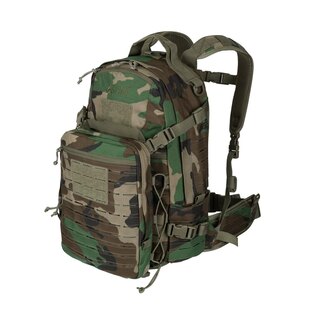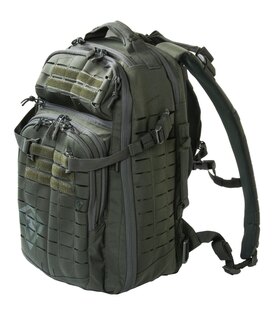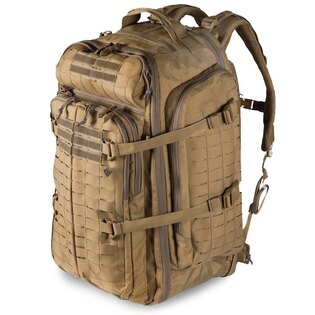What do the temperature ratings on sleeping bags mean?
Every sleeping bag has numbers that specify the temperatures for which a given model is designed. However, not everyone can understand at first glance what exactly these numbers mean. While temperature limits were previously determined somewhat by guesswork and each manufacturer had different rules for them, today the definition of temperature limits is unified by the EN 13537 standard. We will talk about that in this article too.
Choice matters!
Choosing the right sleeping bag is essential for the success of every mission. Not only professional ones – we also mean multi-day outdoor events or expeditions of individuals who want to adapt their sleeping bag, as an important component of their equipment, to their needs. The temperature data on sleeping bags is an objective way to determine whether a specific model will be suitable for the given conditions.
By choosing the right sleeping bag, you optimize your thermal comfort while sleeping, which will fundamentally affect the success of the entire event, especially in winter. Last but not least, the probability that you will have to evacuate in the morning due to a cold, or even call an ambulance, is significantly reduced.
This is the main reason why it is so important to be able to read the temperature parameters of sleeping bags correctly. To prevent, for example, someone from trying to sleep in a model at -10°C, where this temperature is listed as extreme. Why is this wrong? We will explain that in a moment.
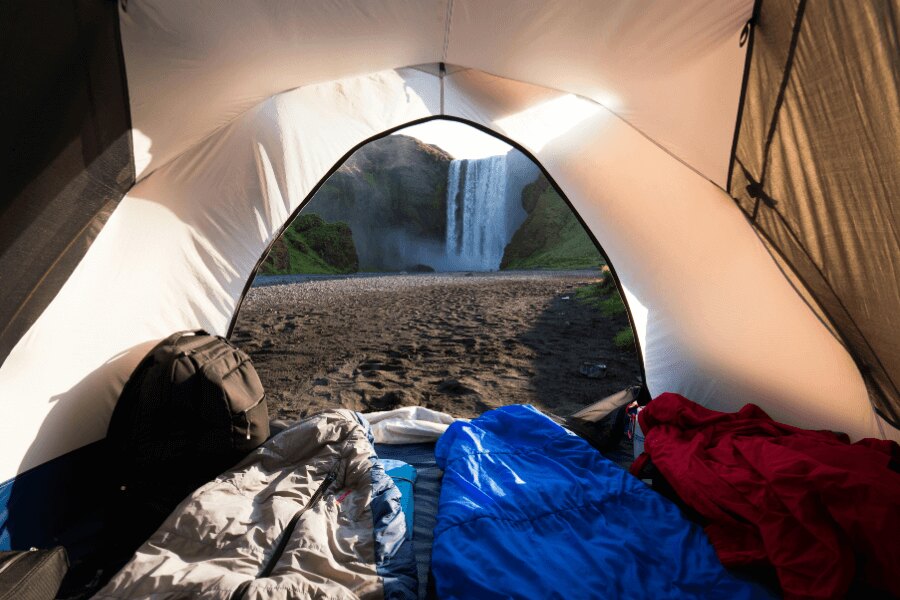
By choosing the right sleeping bag, you will optimize your thermal comfort while sleeping. However, some temperature data are really important when choosing, and some are less so.
How are the temperature standards for sleeping bags determined?
Temperature standards allow you to effectively assess what temperature conditions a sleeping bag can handle, or what its user can handle if they try to spend the night in it. Thanks to uniform standards, it is also possible to compare – for example, the model you are looking for with one you have already tried.
The most recognized temperature standards include the European standard EN ISO 13537, or its newer version EN ISO 23537, respectively. This standard defines a uniform method of testing sleeping bags, at least in European conditions, so that it is possible to objectively compare the temperature data of sleeping bags from different manufacturers.
The temperature limits for individual models are determined in the laboratory using thermal dummies that have human proportions and simulate the reactions of the human body at different temperatures. The mannequins are dressed in underwear and an insulating sleeping mat is spread out under the sleeping bag so that the conditions mimic real-life situations as closely as possible.
Thanks to these standards, temperature data is no longer just an estimate by manufacturers, but is based on precise measurements. That is why today, customers can choose exactly the type of sleeping bag that meets their needs, and not by the means of trial and error.
However, it should be noted that even though the temperature limits for sleeping bags are objectively determined, they are still only indicative, because each person is different and everyone feels thermal comfort somewhere else. After all, this can be seen in how people heat their households in winter. While 18°C is more than enough for some people to sleep, 21°C is cold for others.
In addition to individual differences, the standard does not address extreme influences such as wind, humidity or the specifics of real-life use, such as the types and quality of sleeping mats and tents. As is known, wind can significantly reduce the perceived temperature.
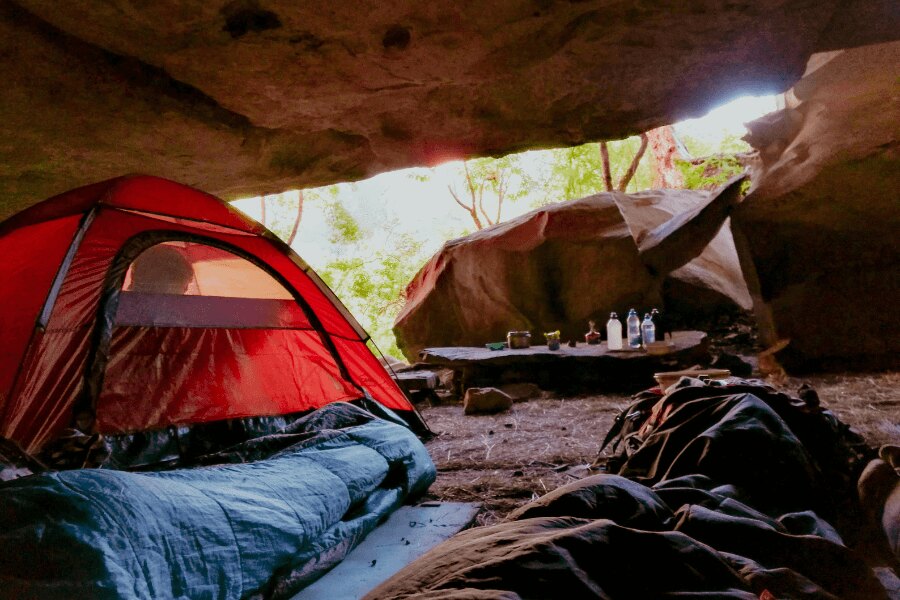
Even though the temperature limits for sleeping bags are objectively set, they are still only approximate, because every person is different and everyone feels thermal comfort somewhere else.
Definition of temperature data for sleeping bags
Now let's look at the individual definitions of temperature data that the manufacturer sets for each sleeping bag model.
Maximum temperature (T-max)
The maximum temperature can be defined as the upper limit of the comfortable temperature range of a sleeping bag. If the temperature exceeds the specified limit, you will start to feel hot in your sleeping bag. This is one of the reasons why some of us are driven out so early by the morning sun during summer camping. You can't laze around in most sleeping bags for too long. You really don't want to sweat as the first thing in the morning, especially if you have a full-day hike ahead of you.
The maximum temperature is simply the upper limit at which you can use a sleeping bag without overheating or sweating. A sleeping bag that is too warm can cause discomfort and disrupt your sleep. It is generally advisable to sleep in a slightly lower ambient temperature than during daytime activities. Good ventilation is also important in relation to the maximum temperature. However, if you are buying a sleeping bag for winter expeditions, you do not need to worry too much about the T-max figure.
Comfort temperature (T-comf)
This is one of the most important data points in the entire standard and is a valuable asset when choosing a specific sleeping bag. Comfort temperature is defined as the temperature at which a person in a sleeping bag still feels comfortable and does not freeze. It is the lowest temperature at which an average woman (25 years old, 60 kg and 160 cm) can achieve quality sleep without feeling cold. But make no mistake, this data point is definitely not intended only for women, but for all individuals who have a cold threshold shifted a little higher. In other words, they perceive cold more sensitively.
Limit temperature (T-lim)
The second most important data point in evaluating the temperature limits of sleeping bags is the limit temperature, referred to as T-lim. It is intended for an average man (25 years old, 173 cm, 70 kg) and is the lower limit at which it is possible to sleep in a "crouched" position. This is the temperature at which an experienced person, who has adapted to the environment and sleeping bag and is in thermal equilibrium with their clothes in a crouched position, does not yet feel cold. However, unless you are a complete hardy person, you will probably feel cold.
Extreme temperature (T-ext)
At this temperature, there is already a risk of hypothermia and even a trained individual begins to shiver. Even an experienced sleeper in several layers of clothing will not feel comfortable in extreme temperatures. Do not choose a sleeping bag based on extreme temperatures, because for most people it is already unusable at this limit. And if other factors come into play, such as the aforementioned wind or your illness, there is already a relatively high risk of health or even life threatening (in addition, the evening air temperature cannot be used as a guide, because it can be assumed that it will cool down even more during the night).
Factors that affect the perception of heat
As we have already said, the actual current air temperature is not an objective measure of how you will feel in a sleeping bag. Your perception of heat can (and will) be influenced by other factors, such as:
- air humidity,
- wind speed,
- individual thermoregulation ability,
- sex and age,
- your current health, but also what you ate the previous day,
- clothing.
If it is even slightly possible, always make it a priority to sleep on dry surface and in dry clothes, because wet things dissipate heat many times faster. All temperature limits that we have listed above naturally apply to completely dry sleeping bags. Keep in mind that all tests are carried out in laboratory conditions that take into account temperature, humidity, wind and other averages.
The overall protection of a sleeping bag, which guarantees a certain thermal comfort, does not guarantee overall sensory comfort. In other words, you can feel warm all over your body, but have cold feet or hands. The standard simply doesn't address such local differences at all, so you should at least expect them.
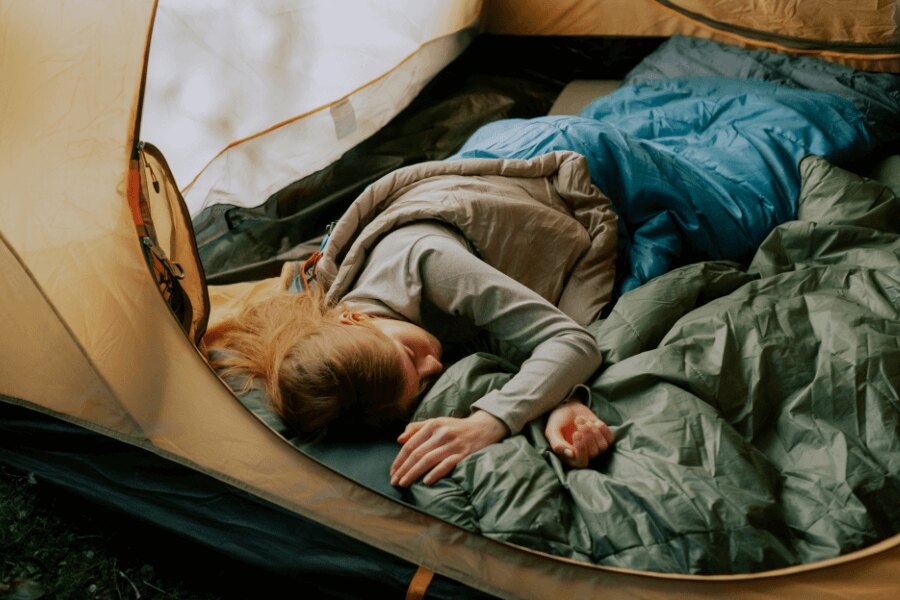
Thermal comfort in a sleeping bag is also affected by factors such as humidity and wind speed, your age, sex and health.
How to choose the right sleeping bag according to temperature
The perception of heat is also influenced by the quality and material of the sleeping bag. Fortunately, you can influence these factors by choosing the right sleeping bag. To do this, you need to take into account the conditions you are going to. In other words, whether you plan to camp in summer or winter, whether you are going to the mountains or will sleep more in the lowlands, or whether you will sleep under the open sky, in a hut or will set up a tent.
Also follow the manufacturer's recommendations for the given sleeping bag model, if they are available. You will choose a different sleeping bag if you sleep outdoors at summer festivals, another is suitable for bivouacs and trekking. It is also advisable to have a certain reserve in temperature values. So if you expect to sleep outdoors at temperatures around 5°C, feel free to get a sleeping bag with a comfort temperature around zero. It's better to have a sleeping bag that's a little oversized than undersized.
How to extend the life of a sleeping bag?
The data on a sleeping bag, of course, applies to a completely new and unused sleeping bag. Sleeping bags, like any other equipment, gradually degrade, so for example, you can no longer fully rely on standardized temperature data for a one or two year old piece. On the other hand, there are ways to extend the life of a sleeping bag in the most optimal way possible.
Proper storage
First of all, it is important to follow the storage rules, in other words, do not store the sleeping bag in a compression package. If you have the opportunity, it is ideal to unfold it in a closet. A compressed sleeping bag gradually loses its loft, i.e. the ability to maintain air pockets in the insulating material. And degraded insulation also means deteriorated temperature limits. For a multi-day hike, the compression of the sleeping bag does not matter so much, but if you leave it packed up and the straps pulled tight for three months in a row, it may not be as functional the next season.
Gentle washing
Washing is also related to the maintenance of a sleeping bag. Always follow the manufacturer's instructions for washing your specific sleeping bag – some can be machine washed, but only at low temperatures and spin speeds, others can only be cleaned by hand. Regardless of the washing method, always choose gentle detergents specifically designed for washing outdoor clothing and equipment, as classic detergents, among other things, leave residues on the fabric that reduce the breathability of the sleeping bag. Shake the sleeping bag frequently when drying, especially if it contains down, to preserve its loft.
Keep your sleeping bag clean
And so that you don't have to wash it so often (because even gentle washing will degrade it at least minimally), keep it clean. Even when sleeping in difficult terrain, always place it on a clean mat (sleeping mat) and not directly on the grass or on dirt or sand. And if possible, don't sleep naked in it, but in suitable functional underwear and without shoes.
Conclusion
The temperature data on the sleeping bag is important when choosing a specific model for specific purposes. It is certain that you simply won't get one universal sleeping bag, so if you want to go on multi-day cycling tours in the summer and bivouac in the winter, you will probably have to buy two sleeping bags. Or (because you don't want to freeze in the winter) just cover yourself with a warm sleeping bag in the summer, but in that case, expect a higher volume and weight.
The most important data listed among the temperature limits are the comfort temperature and the limit temperature. On the other hand, the extreme or maximum temperature is not that important for normal use.
However, do not forget that sleeping bag testing takes place in laboratory conditions and there are external factors that affect the thermal comfort in a sleeping bag the moment you climb into it directly in the field after a day's hike.
Choose your new sleeping bag carefully with regard to your own needs and safety. At Rigad.com, we have a wide selection from renowned brands and you can find the necessary properties of the sleeping bag and temperature limits in the descriptions of individual products.
Feel free to try sleeping in a sleeping bag at home immediately after purchasing it, so that you have an idea of how it will meet your needs directly in the field.
Readers are further interested
